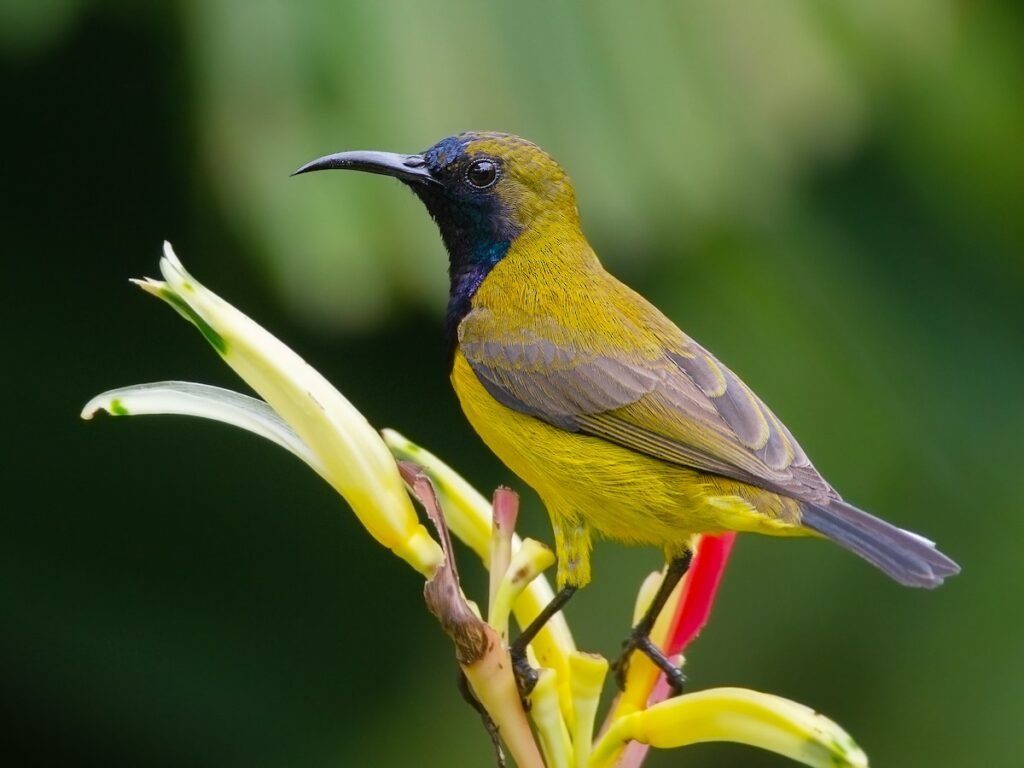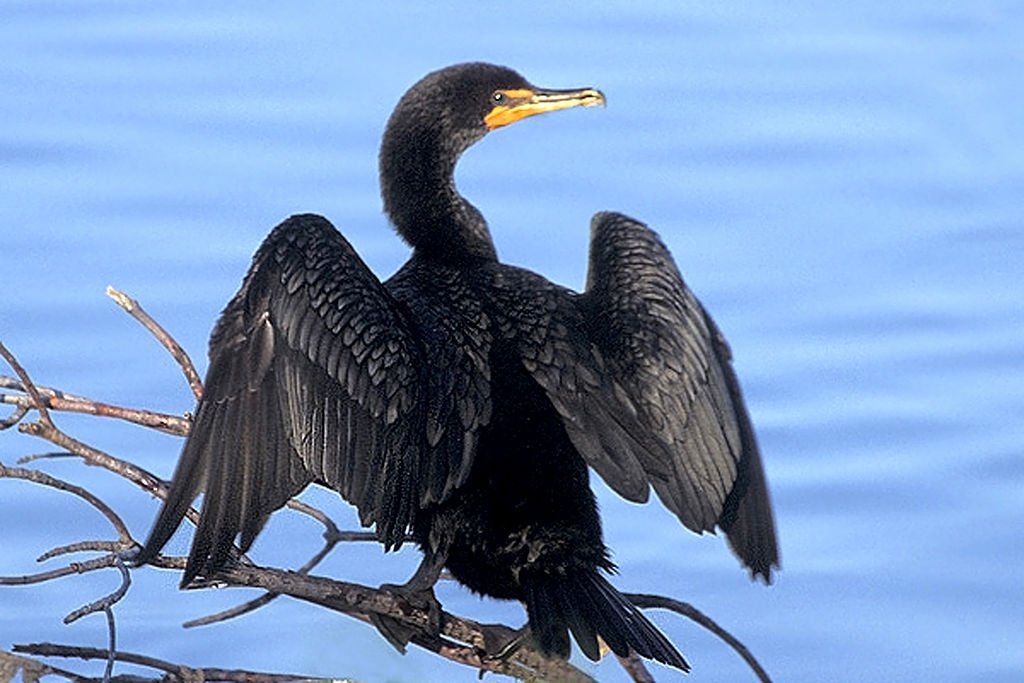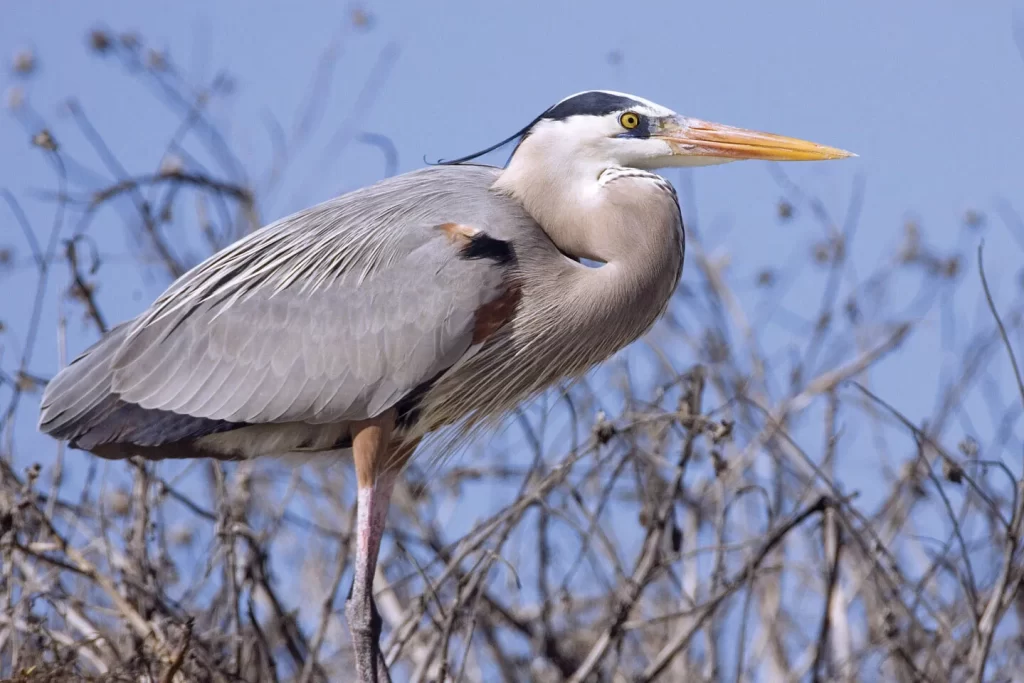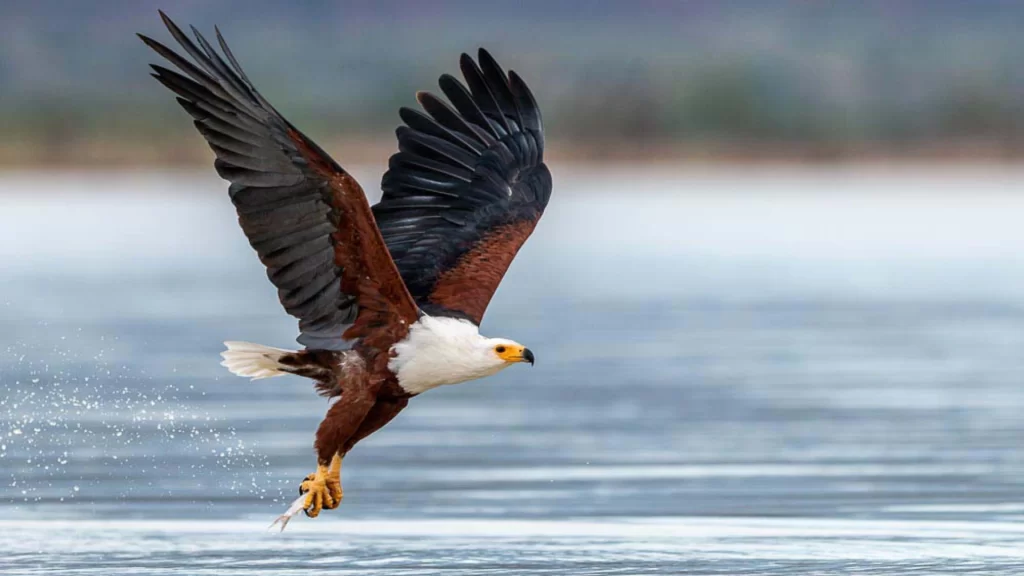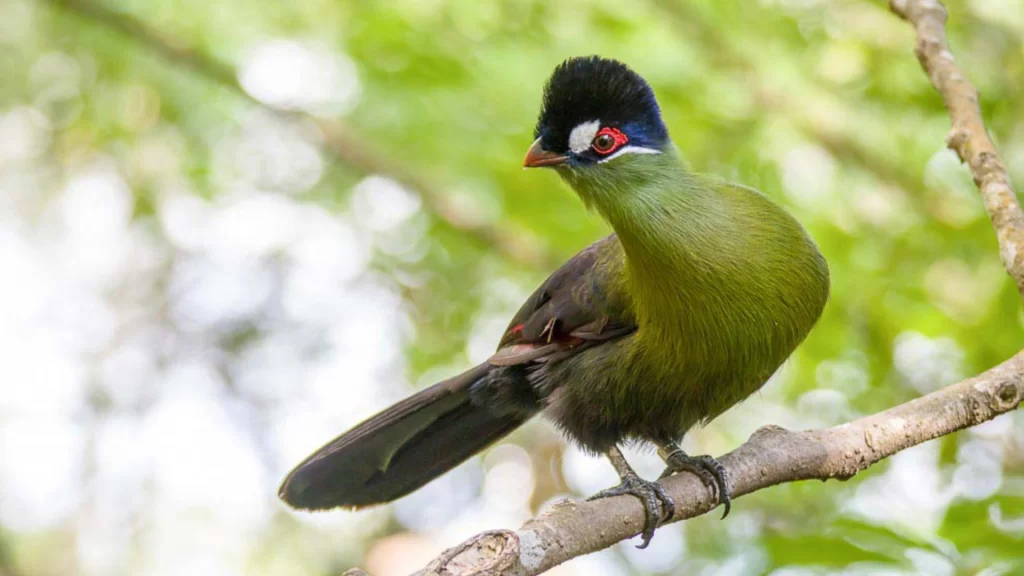Kigoma, a bustling port city, lies nestled on the eastern shores of Lake Tanganyika in western Tanzania. Indeed, its strategic location makes it the most significant town in the entire Kigoma Region. This historic hub serves as a vital gateway to some of Africa’s most unique wildlife experiences. Historically, this Tanzanian city holds significance as the endpoint of the Central Line railway from Dar es Salaam, making it a crucial trade and transportation nexus for centuries. Furthermore, the town is famous for its association with explorers David Livingstone and Henry Morton Stanley, whose legendary meeting point in Ujiji is just a short distance away. This rich heritage makes Kigoma a fascinating destination.
Kigoma City: Access to Primate Sanctuaries
What truly sets Kigoma City apart? Primarily, it is the essential base for visiting two of Africa’s premier chimpanzee national parks: Gombe Stream National Park and Mahale Mountains National Park. Firstly, travelers typically embark on boat journeys from Kigoma to reach the remote shores of Gombe, where Jane Goodall conducted her groundbreaking research. Secondly, larger, more comfortable boats also ferry visitors south across Lake Tanganyika to the pristine Mahale Mountains, another haven for wild chimpanzees. The city thus becomes an indispensable starting point for unparalleled primate trekking adventures. The deep, ancient waters of Lake Tanganyika itself, teeming with endemic fish species, provide a stunning backdrop to all excursions from this vibrant lakeside location.
Local Experiences and Travel Connectivity
Beyond being a gateway, the Kigoma Region offers its own unique charm. Visitors can explore local markets, witnessing the daily life of this bustling port. Additionally, a visit to the Ujiji Memorial, commemorating the Livingstone-Stanley meeting, provides historical insights. The classic MV Liemba, one of the world’s oldest operating passenger ferries, departs from Kigoma, offering a unique journey down Lake Tanganyika’s coast. Moreover, its connection via rail and air to other parts of Tanzania makes travel here accessible, albeit a journey. Ultimately, for those seeking adventure, history, and incredible wildlife encounters with chimpanzees, this western Tanzanian city offers a truly distinct and memorable experience.










